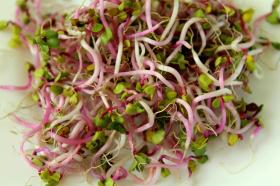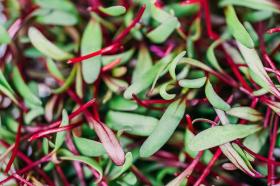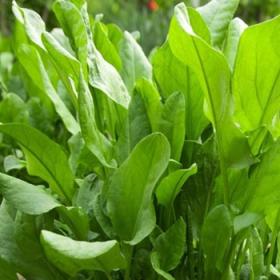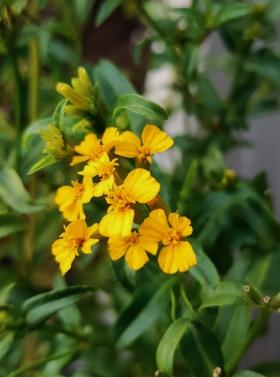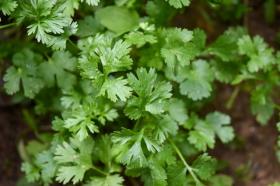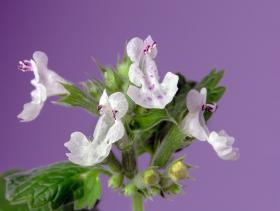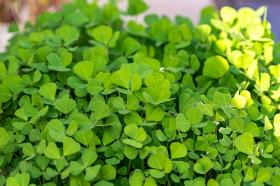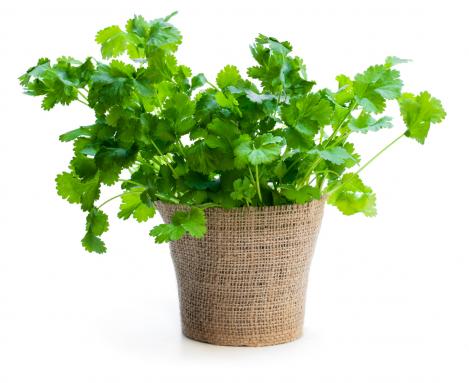
Külmakindel Coriander CRUISER big pack, regular seeds - not treated and non-gmo
Coriandrum sativum
This bred variety has rapidly become market leader due to its versatility and consistent quality. Plants are compact with large, shiny green leaves and good basal branching habit. Vigorous but slow bolting.New British bred variety that is recommended to those of you who grow your herbs in pots and containers.
Cruiser has large shiny green leaves and a good basal branching habit. The plants are vigorous, but at the same time very slow to bolt, giving a long picking time.
Coriander has many uses in the kitchen as both the seeds and leaves can be used for flavouring. The seeds, which have a lemon flavour, are often ground and used as a spice. The leaves, which are also known as cilantro and have a slightly bitter taste, can be chopped and used to flavour dishes or used as a garnish.
How to Grow Coriander Seeds.
Seed sowing
Coriander do not transplant well and will likely go to seed (bolt) very quickly if the roots are disturbed. For this reason it is always best to sow coriander seeds directly into pots or into the soil of their permanent growing positions during the spring and summer months. Seeds should be carefully sown in drills at around 5cm apart, if growing for leaves, and up to 20cm apart if growing for seed production.
Sowing: Sow seeds directly into the ground as soon as the soil has warmed up, typically in late April or early May. Sow seeds 1–2 inches apart and about 1 cm deep.
Growing conditions: Coriander prefers a sunny location with light, fertile, and well-drained soil. It thrives in cool seasons and can tolerate light frosts.
Care: Water the plants regularly to keep the soil moist but not waterlogged. For a continuous harvest of leaves, sow small batches every three or four weeks from mid-summer onwards.
Harvesting seeds: To harvest seeds, allow the plant to flower and set seeds. Once the seeds turn brown, cut the stems, hang them to dry, and then collect the seeds
Packet 2000 seeds

